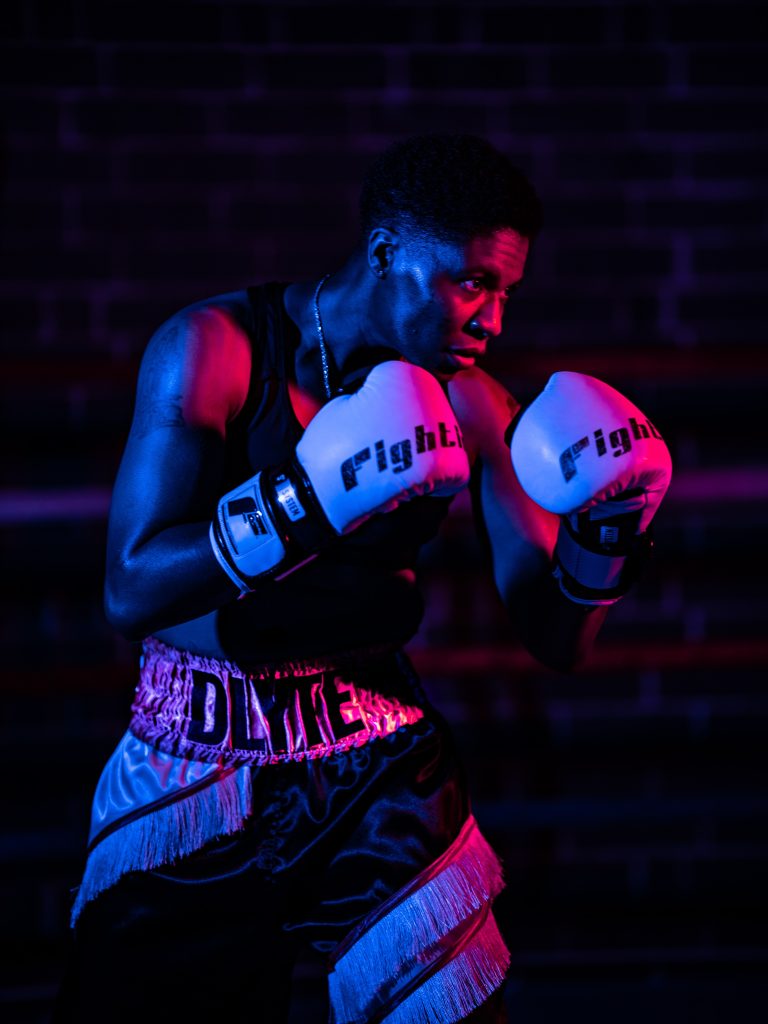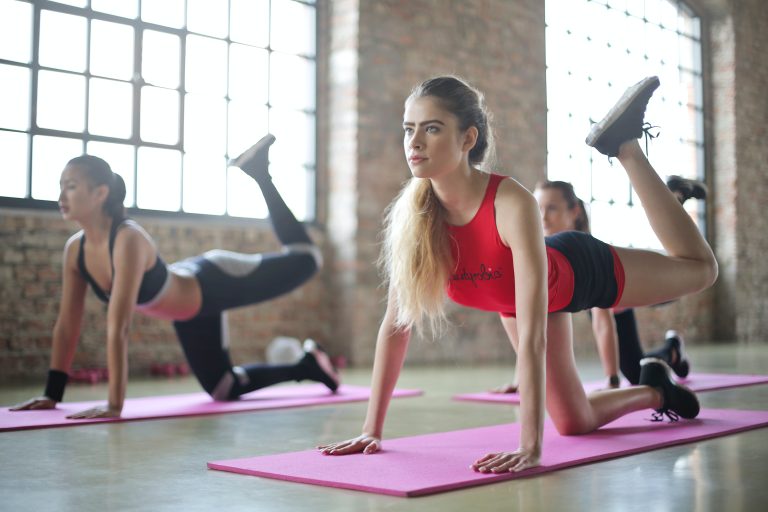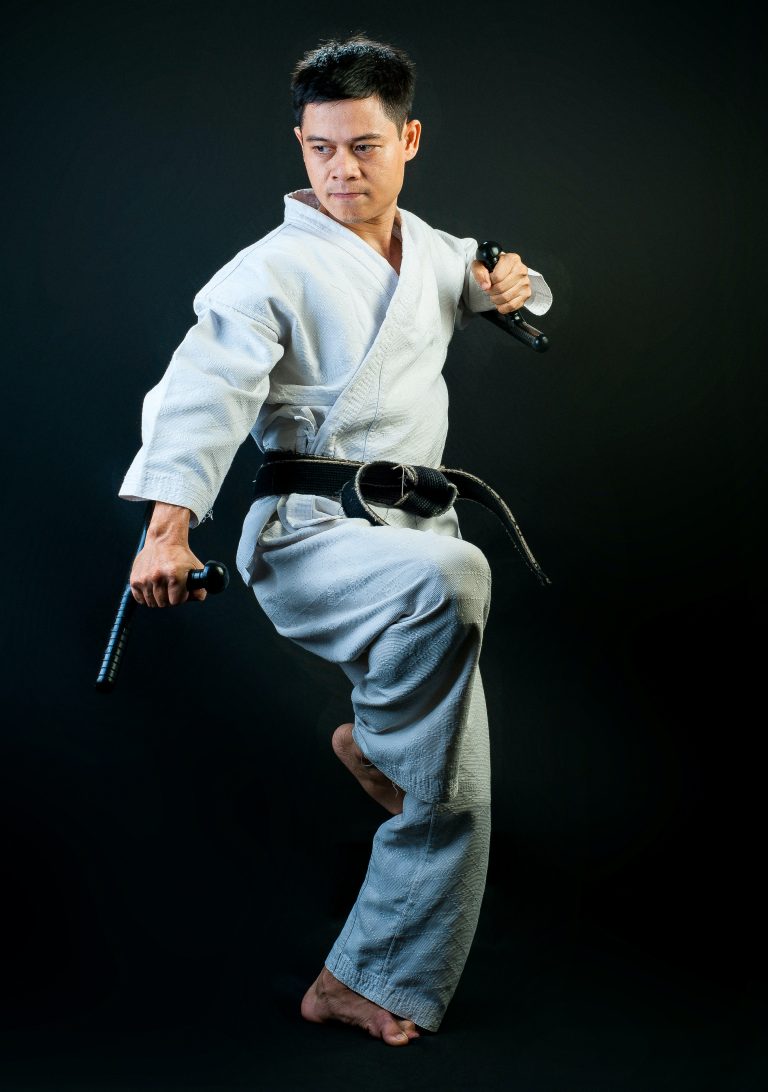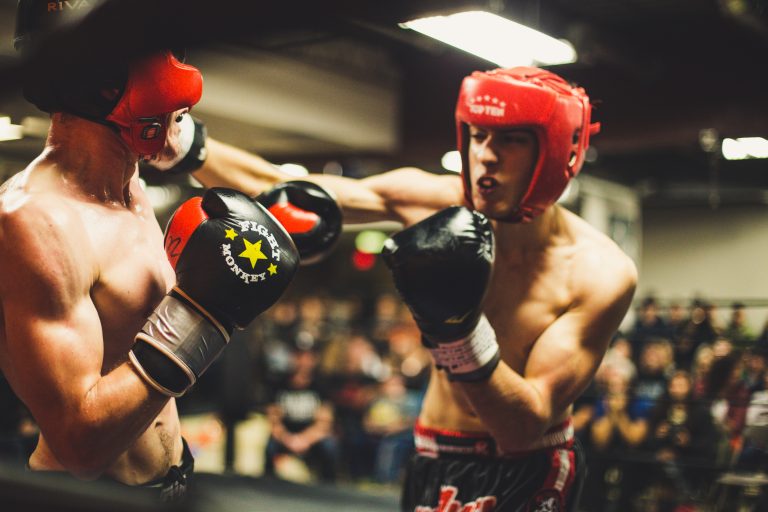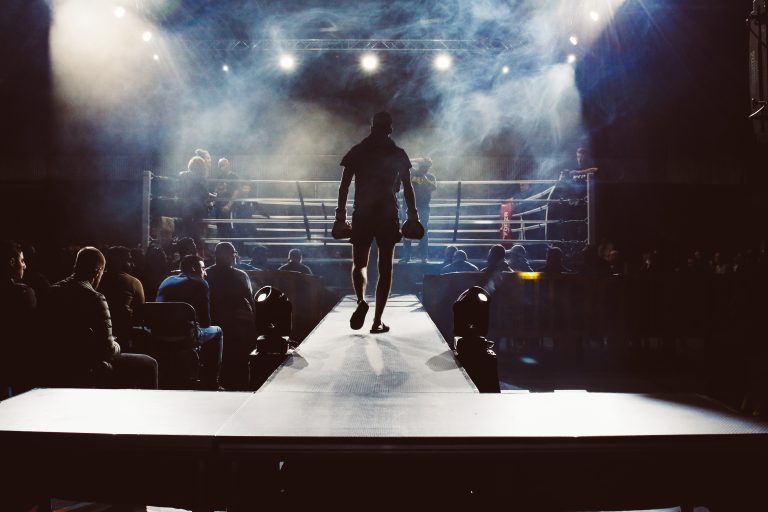The Importance of Karate Stances: How They Help Improve Your Martial Arts Practice
Karate stances form the basic foundation of the practice of this traditional martial art form. They are fundamental to all techniques and movements, and for this reason, they are essential in ensuring that you develop the correct posture, balance and coordination needed to perform the complex and demanding techniques required in karate. This article will look at the importance of karate stances, their types, and how they can help improve your martial arts practice.
What Are Karate Stances?
Karate stances are the basic positions of the body that enable you to shift weight from one leg to the other while maintaining a stable structure. These stances serve as the foundation for all offensive and defensive moves in karate. In essence, the stances are the starting and ending point of most karate techniques.
The Types of Karate Stances
There are three primary karate stances, each with unique features, and all of which are essential for the proper execution of karate techniques. These stances are:
1. The Zenkutsu-dachi
This stance is also known as a front stance. It is the most common and fundamental stance in karate. In this position, one foot is in front, with the other extended behind, creating a V shape. The weight is equally distributed between the feet, with the front being about 60% of the total body weight. It is an aggressive stance used for forward attacks and delivering maximum power.
2. The Kokutsu-dachi
Also called a back stance, kokutsu-dachi is a defensive stance. In this position, one foot is extended behind the other, with the front foot pointing forward, and the back foot pointing sideways. The body’s weight is concentrated on the rear leg, providing a stable base, and the hips are rotated sideways, providing additional security. It is used mainly to move backward and launch strong counter-attacks.
3. The Kiba-dachi
Also known as the horse stance, kiba-dachi is a static stance commonly regarded as a training stance. In this position, the legs are shoulder-width apart, with the feet facing forward. The weight is distributed equally on both legs, with the thighs parallel to the floor. The stance promotes balance, stability, and a solid foundation, commonly used in defensive techniques.
The Benefits of Karate Stances
1. Posture
Stances are critical for developing and maintaining a proper posture. The proper alignment of the spine, body and limbs helps to avoid strains, injuries and pain. Maintaining good posture is key to success in karate practice and enables the fighter to generate maximum power.
2. Balance and Stability
The stances provide a solid foundation that promotes balance and stability. Effective stances require a lower center of gravity, applying less pressure on the upper body, and providing a stable base while standing. In a fight, balance, and stability are essential and can make the difference between winning and losing.
3. Power and Speed
Karate technique requires a potent and explosive movement to generate maximum power and speed. Stances provide the foundation to generate this power. The proper execution of a form and technique is based on having a strong and stable stance that provides the maximum amount of power.
4. Body Awareness and Control
Effective use of the stances requires a high level of body awareness and control. A thorough understanding of the subtleties of each stance is vital to executing the techniques effectively. Through training, karate practitioners can master the stances and gain a better understanding of their body’s mechanics.
What is the importance of Karate Stances?
Introduction
Karate is an ancient martial art form that originated in Okinawa, Japan. It emphasizes traditional values such as discipline, humility, and respect, which are essential aspects of one’s character development. Karate also involves a variety of stances that practitioners use to maintain balance, power, and agility. In this blog post, we’ll answer the most frequently asked questions about the importance of karate stances.
What are the different types of karate stances?
Karate has several stances, each with its unique purpose. Some common ones include:
- Front stance: This stance requires putting one’s front foot ahead of the other foot while keeping the back heel up. It gives a solid foundation for front-facing punches and kicks.
- Back stance: In this stance, the back leg is positioned behind the front leg, with the majority of one’s weight on one foot. It is ideal for circular or sideways movements and quick pivots.
- Horse stance: This wide-stance helps lower one’s center of gravity, which is useful when defending against attacks. It allows for more stability, balance, and power in strikes.
What are the benefits of practicing karate stances?
Karate stances offer numerous benefits for individuals who practice them regularly. Some of these include:
- Increased balance: Stances require developing proper posture, balance, and coordination as one shifts from one stance to another or holds a position. This system, coupled with the movements, works to enhance motor control and balance.
- Improved strength: Karate stances build lower body strength, which gives a firm foundation for physical activities. These physical activities can range from regular day-to-day activities to more intense and demanding activities like sports or hiking.
- Enhanced flexibility: Stances require moving some joints in ways that aren’t typical in regular movements, like lower body twisting in some stances. Regular practice of these movements improves flexibility and range of movement.
- Increased focus: Karate stances and movements involve continuous repetitions that compel attention, releasing oneself from any distractions. Commitment to continuously practicing the katas and stances in all repetitiveness, helps leading to self-discipline and improves mental fortitude, focus, and determination.
Do beginners struggle with maintaining proper karate stances?
Yes, beginners struggle to maintain proper karate stances as they lack the necessary muscle strength and balance required to sustain some stances. As practice increases, so does the ability to maintain proper karate stances.
Additionally, beginners may find themselves overly focused on achieving the correct stance, which can disrupt their technique and speed. But as time goes by, the correct karate stances become more intuitive, and practitioners develop them without any significant effort.
How can I improve my karate stances?
Here are some practical tips on how to improve karate stances:
- Practice regularly: Karate stances and katas should constantly practice, and it requires a lot of dedication. Regular practice helps build muscle memory, coordination, and flexibility, which improves the stances‘ correctness.
- Focused repetition: Practice each stance consistently, and increase the number of reps as proficiency increases. Focused repetitions help improve consistency and sharpness in movements, and accuracy in the stance posture.
- Incorporate other exercises: Along with focusing on different techniques, one should incorporate other exercises that aid in balance, strength building and flexibility, which aids in muscle memory.
- Seek Advice: Practicing in a group or seeking professional assistance can help receive constructive advice and feedback regarding postures and movements. This helps to identify areas of improvement and any form of irregularities in one’s stance.
How to Perfect Your Karate Stances
Karate stances comprise an essential part of karate practice that is designed to improve stability, balance, and power. The correct karate stance can significantly improve a practitioner’s techniques, prevent injuries and increase overall performance. However, like many other technical aspects of karate, perfecting the correct stance requires consistent practice and training. In this article, we will guide you through the necessary steps needed to perfect your karate stances step-by-step.
Step 1: Understand the Importance of Karate Stances
Before delving into how to perfect your karate stances, it is crucial to understand their importance. Karate stances form the foundation of all karate techniques, and the strength of any technique depends on the ability of the practitioner to harness the power within each stance. Different karate stances are used for different techniques, movements, and situations.
Step 2: Learn the Basic Karate Stances
The first step to perfecting your karate stances is to learn the basic karate stances. There are five main karate stances that every practitioner must master. These stances include:
1. The front stance: This involves stepping forward with one foot and keeping the other foot behind in a lung position with the knees bent.
2. The back stance: This involves stepping backward with one foot and keeping the other foot in front in a lung position with the knees bent.
3. The horse stance: This involves standing with your feet shoulder-width apart and your knees bent while keeping your back straight.
4. The cat stance: This stance involves stepping forward with one foot slightly behind the other foot, both feet facing forward, with the knees bent.
5. The cross-legged stance: This stance involves standing with one foot crossed over the other foot with the knees bent.
Step 3: Practice Your Karate Stances
Consistent practice is the key to perfecting your karate stances. Start by practicing each stance individually and ensure that you maintain proper form and alignment. As you gain experience and confidence, you can start incorporating more techniques, such as kicks and punches, into your movements while maintaining the correct stance. Aim for perfection in your stances before moving onto advanced techniques.
Step 4: Maintain Proper Alignment
Maintaining proper alignment in your karate stances is essential for maximizing the power and effectiveness of your techniques. Ensure that your feet, knees, and hips are aligned in the same direction in every stance. Keep your back straight, your chest out, and your shoulders relaxed.
Step 5: Focus on Your Breathing
Breathing is an important aspect of karate practice that is often overlooked. Proper breathing techniques can help you maintain focus, increase power, and reduce the risk of injuries. Inhale deeply through your nose and exhale through your mouth as you perform each technique. Focus on breathing from your diaphragm rather than your chest for better results.
Step 6: Practice with a Partner
Practicing with a partner is a great way to perfect your karate stances. Your partner can provide valuable feedback on your form, technique, and alignment. Working with a partner will also allow you to learn how to maintain your stances while conducting different techniques under pressure.
Step 7: Remain Patient and Consistent
Like any skill, perfecting your karate stances requires patience, consistency, and dedication. Do not expect to perfect your stances overnight. Set realistic goals, and work towards achieving them each day. With consistent practice, you will gradually notice improvement in your stances, and your overall karate performance will improve.
Conclusion
In conclusion, mastering karate stances can significantly improve your karate techniques, increase power and prevent injuries. Follow the steps outlined in this article consistently, and you will achieve your goal of perfecting your karate stances. Remember, practice, patience, and consistency are the keys to success in karate practice.
Inhaltsverzeichnis

